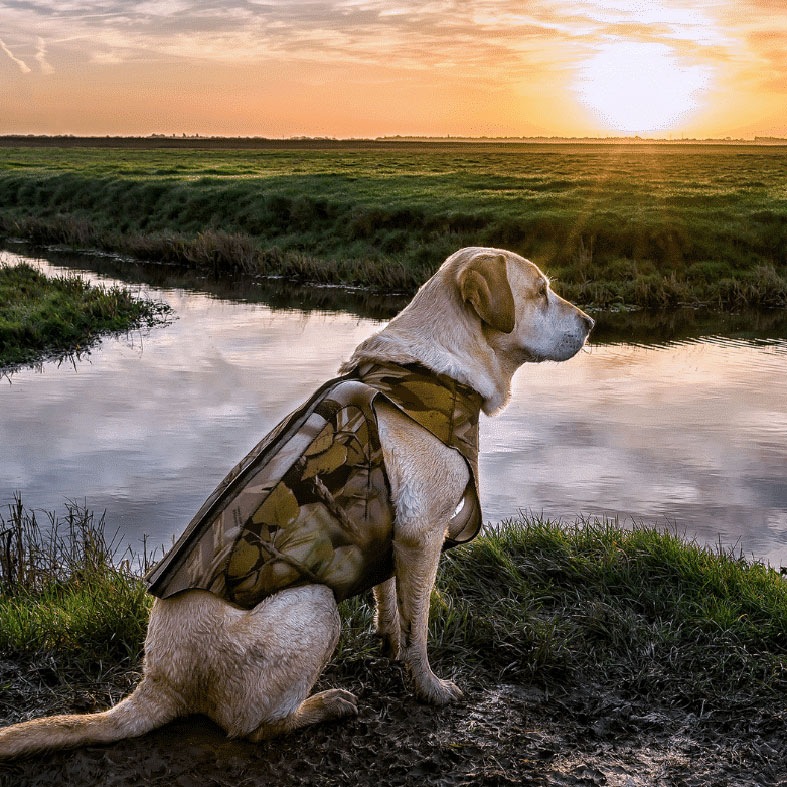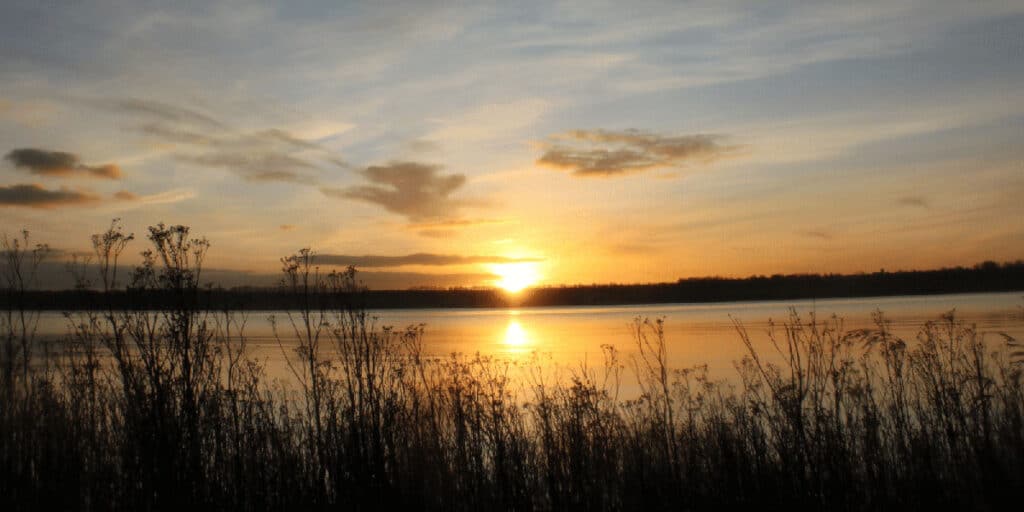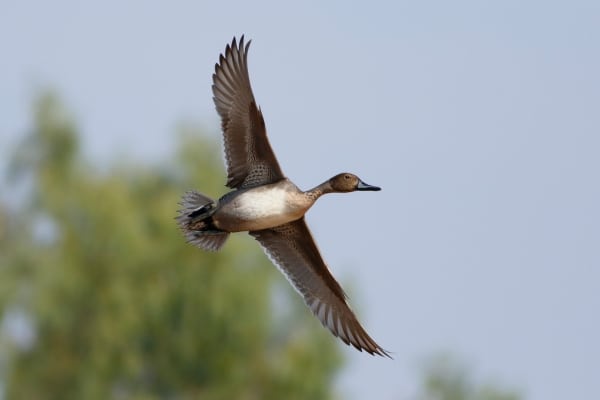
Celebrating wetlands and wildfowl
In honour of World Wetlands Day, we discuss some of the wetlands projects supports by BASC and the BASC Wildlife Fund.
Get information on the legal shooting season for mammals and birds in the UK.
Apply for funding for your project or make a donation today
Comprehensive information and advice from our specialist firearms team.
Everything you need to know about shotgun, rifle and airgun ammunition.
Find our up-to-date information, advice and links to government resources.
Everything you need to know on firearms law and licensing.
All the latest news and advice on general licences and how they affect you.


BASC member Gethin Jones explains why wildfowlers can enjoy an extra 20 days of shooting after the game shooters have put away their guns.
It’s great being wildfowler. Firstly, our shooting season starts on 1 September, a whole month before anyone can raise a gun to a pheasant. Also, and perhaps best of all, we coastal ‘fowlers have an extra 20 days in February to enjoy our sport after the game shooters have put away their guns.
There’s quite a history to both dates and how they became established in law, and thanks has to go to WAGBI (the precursor of BASC) in securing our rights to head out for duck and geese during the shortest month, a time of year when all wildfowl species look at their very best in their resplendent plumage.
The statute, which permits the shooting of ducks and geese from 1 to 20 February below the high water mark of ordinary spring tides in England, Wales and Scotland, is an integral part of the Protection of Birds Act 1954.
There are two points to note concerning the shooting of wildfowl in February under this act.
The first is that only ducks and geese may be shot during this period and not any other quarry species, which may ordinarily be encountered by a wildfowler below the sea wall. This nowadays includes the golden plover and common snipe.
The season for these two wader species ends on 31 January, as does the shooting of duck and geese inland.
The second point of note, according to Peter Turner, M.A. writing as Honorary Legal Advisor to WAGBI in The New Wildfowler in the 1970s, is that the area where the shooting of wildfowl is permitted in February does not necessarily coincide with the ‘foreshore’. Instead, as already mentioned, it is permitted to those areas ‘below the high water mark of ordinary spring tides, which may include saltings that are flooded by such tides.
The ‘foreshore’ is defined in the same book as ‘…that part of the seashore which is more often than not covered by the flux and reflux of the four ordinary tides occurring midway between springs and neaps. For most practical purposes this can be construed, so far as the landward limit of the foreshore is concerned, as the medium line of ordinary tides midway between springs and neaps.

It is not that widely known but before the start of WWII in 1939, the dates of the wildfowling season in England and Wales were controlled by county councils and the dates of the wildfowling season differed from one area, usually a county, to another.
This goes at least some way to explaining why wildfowling is permitted on Sundays in some – but not all – counties in England and Wales, even though many of those counties no longer officially exist.
During the 1930s, the British section of the International Committee of Bird Preservation pushed for a minimum national closed season for wildfowling. This was eventually agreed and came into force as the Wild Birds (Ducks and Geese) Protection Act in August 1939.
The act protected wildfowl from 1 February to 11 August (although Arthur Cadman, in his book Rough Shooting mentions that 1 August, not the 11, used to be the first day of the wildfowling season).
Significantly, the act included an extension of the wildfowling season on the tidal shore up to 20 February. This is the earliest reference I can find to that date being the last day of the wildfowling season on the coast.
Reading the background and history of the heated debates leading up to the passing of the act, the considerable efforts made by WAGBI to secure wildfowling in the face of abolitionists’ staunch opposition and their attempts to curtail the sport up to the passing of the 1954 Protection of Birds Act is fascinating.
Then, as now, wildfowlers proved to be perfectly ready to adapt to essential changes to their sport as long as any proposed change was based on sound science, which was often lacking in protectionists’ arguments (does that sound familiar?).
After the war, the 1954 act introduced several further changes to wildfowling, such as legal protection for the brent goose (on the basis that the ban on shooting this species would be reviewed in ten years).
Other legislation covered prohibiting the pursuit of wildfowl using mechanically propelled vehicles and watercraft. The bore of punt guns was restricted to 1¾ inches, the curlew remained a quarry species and the start date of the wildfowling season was set back from 11 August to 1 September and, at the same time, the 20 days of wildfowling allowed on the coast in February were also safeguarded by WAGBI’s executive and secured in law to this day.
Both the 1967 Protection of Birds Act and the 1981 Wildlife and Countryside Act did not affect the 20 days of February ‘fowling as it was accepted by all concerned as having no detrimental effect on wildfowl numbers.
No doubt I’ll be thinking about the history of February wildfowling as I head for the foreshore this weekend and will doff my ‘fowling cap to those wildfowler/conservationists who held firm in the face of the protectionists’ efforts to curtail these 20 days we coastal wildfowlers enjoy as a fitting end to our season.

In honour of World Wetlands Day, we discuss some of the wetlands projects supports by BASC and the BASC Wildlife Fund.

Tim Webster was the lucky winner of last year’s Lindisfarne auction, as it was his first time on the estuary, he wanted to share his experience.

Migratory species, by definition, cross international borders, presenting challenges to policy makers and conservation groups, says BASC’s Dr Alex Murray.
Sign up to our weekly newsletter and get all the latest updates straight to your inbox.
© 2025 British Association for Shooting and Conservation. Registered Office: Marford Mill, Rossett, Wrexham, LL12 0HL – Registered Society No: 28488R. BASC is a trading name of the British Association for Shooting and Conservation Limited which is authorised and regulated by the Financial Conduct Authority (FCA) under firm reference number 311937.
BASC Direct Ltd is an Introducer Appointed Representative of Agria Pet Insurance Ltd who administer the insurance and is authorised and regulated by the Financial Conduct Authority, Financial Services Register Number 496160. Agria Pet Insurance is registered and incorporated in England and Wales with registered number 04258783. Registered office: First Floor, Blue Leanie, Walton Street, Aylesbury, Buckinghamshire, HP21 7QW. Agria insurance policies are underwritten by Agria Försäkring.
If you have any questions or complaints about your BASC membership insurance cover, please email us. More information about resolving complaints can be found on the FCA website or on the EU ODR platform.